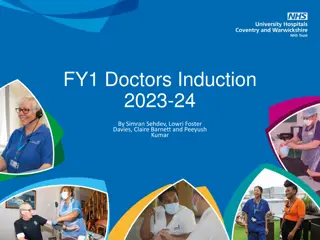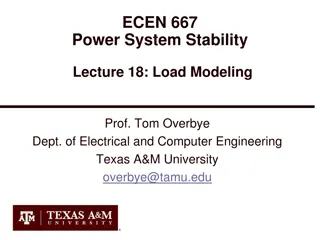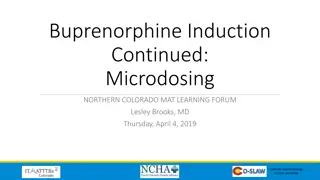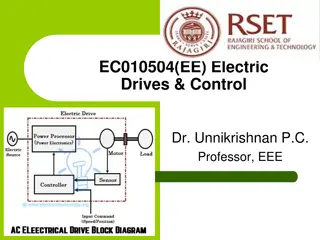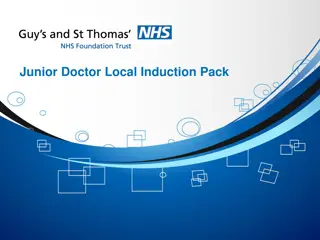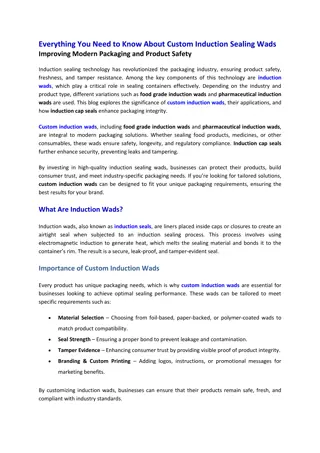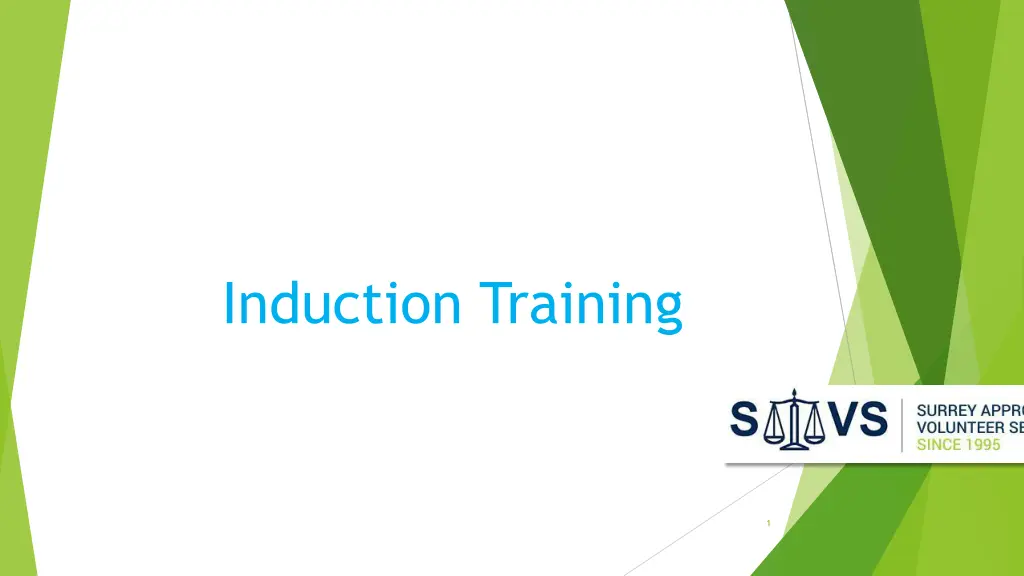
Role of Appropriate Adults in Safeguarding Vulnerable Individuals
Explore the history and purpose of Appropriate Adults (AAs) introduced to protect young persons and vulnerable adults. Learn about the expectations, services offered, and the vital role of AAs in custody care and treatment of detained persons.
Download Presentation

Please find below an Image/Link to download the presentation.
The content on the website is provided AS IS for your information and personal use only. It may not be sold, licensed, or shared on other websites without obtaining consent from the author. If you encounter any issues during the download, it is possible that the publisher has removed the file from their server.
You are allowed to download the files provided on this website for personal or commercial use, subject to the condition that they are used lawfully. All files are the property of their respective owners.
The content on the website is provided AS IS for your information and personal use only. It may not be sold, licensed, or shared on other websites without obtaining consent from the author.
E N D
Presentation Transcript
Programme for the day Welcome & Introductions House keeping The AA role Administration Next steps/Q & A 2
SAAVS 3
History Why were AAs introduced? In 1972 Maxwell Confait was murdered. Two children and a man with learning needs were arrested and based on their confessions, convicted. Several years later, forensic evidence showed that they were innocent. Their confessions had been false and were the combined result of their vulnerability and their treatment by police during detention and questioning. After a Public Inquiry and a Royal Commission PACE was introduced. The principal intention was to reduce the risk of miscarriages of justice because of evidence being obtained from vulnerable suspects which, by virtue of their vulnerability, led to unsafe and unjust convictions. (NAAN 2014) The use of AAs was enshrined in law in 1984. SAAVS was established in 1995. 4
Purpose to protect the interests of the young person or vulnerable adult Ensure the DP (Detained Person) understands why they are in Custody Understand their Rights and Entitlements and the Caution Safeguard their interests by helping them to communicate Facilitate access to food, water, shower, exercise, sanitary products Request a solicitor s input where the DP has declined Interact with the Police, Health Care Professional, CJLDS, Solicitor and possibly Social Services Encourage the DP to engage with offers of support Report safeguarding concerns to the Sergeant 5
How useful are we? Expectations of professionals in terms of what comprises an effective service the police prioritise the availability and response times of AA s, SAAVS offers a 24-hour service, 365 days of the year. We aim to be in Custody within an hour Expectations of DPs they prioritise our personal attributes and demeanour SAAVS - offers a professional service in a friendly manner. We do NOT advise on legal matters and we are not Social Workers. We focus on the NEEDS of the detained person We are called into custody approx. 1250 times per year 6
Custody Care and treatment of DPs Custody is all about the welfare of the DP. At this point things have only been alleged. Be non-judgemental. DPs have the right to read the Code of Practice. Some do ask, few read it! Ensure the DP has appropriate food and drink. They are likely to be held for some hours. They cannot smoke they may be offered time in the exercise yard. They are entitled to a shower. Females should have been offered sanitary protection and is often asked by a female officer or health professional. The DP may not wish to discuss it with a male. Young DPs will be given rest periods. Don t feel you have to stay. Engage the DP in conversation general chit chat, remember don t discuss the case. 7
Receiving a call Crib Sheet and information needed Which custody suite Time expected Vulnerable adult or child/young person Has a solicitor been called and expected time of their arrival Details of the DP, including name, alleged offence Call reference number 8
Arriving in custody Custody records Read thoroughly, make notes and then return to sergeant for shredding prior to leaving It is your responsibility to check that your personal telephone number is not recorded on the CR, if it is there, please notify the Custody Staff. The only number for SAAVS should be 01483 974252. Be prepared to ask questions and challenge points in the record e.g. Have they had anything to eat? Have they seen a Health Care Professional? Fingerprints some things can happen before you arrive as the DP may not have been thought as vulnerable. Take your time to acquaint yourself with the record before you meet with the DP, even if the detectives are ready to question them. Try not to delay matters intentionally especially if a search is needed. Fingerprints and photos and DNA can take place after the interview Check the charges very carefully there may be additional ones that you will need to be present for (further arrests) 9
Right to be held incommunicado and legal advice DPs will be told they can make a phone call but the person they nominate may be a victim or a potential suspect. If more than one person has been arrested there is potential for sharing of information so contact will be denied until it is safe to do so. It is SAAVS policy that all detained people we assist in custody must be supported by a solicitor. Frequently DPs will say they don t want a solicitor because they think they will be released more quickly, or they think they are innocent. Solicitors are free whilst in custody and should always be consulted. AA s do not give any legal advice. 10
Meeting with the Detained Person (DP) 1 Start with a smile. Shake their hand if you feel comfortable in doing so. Check that they are happy to be called by their first name. Advise them who you are and that you are there to support them through the process and make sure they understand what is happening. Be calm and impartial. Ask how they are. If they take medication, it will be on the Custody Record. Have they had food and a drink, arrange more if necessary. Hot/cold drinks, meals, biscuits & cereal bars are available for DP s. SAAVS is independent All appropriate adults develop their own style and technique according to their own personality. Flexibility of approach is required because DPs are infinitely variable. Teamwork 11
Meeting with the Detained Person (DP), 2 Explain the process, R & E s, Fingerprints, Photograph etc. Explain the solicitor will give them advice, however they do have a choice as to whether they choose to accept the advice given it is their choice. During calm and quiet conversation, you can elicit the DP s circumstances. The Custody Sergeant will offer information about supportive organisations as part of his/her official role, encourage (when appropriate) them to accept this support. Report any safeguarding or other concerns to the Custody Sergeant these will be recorded on the custody record and taken forward and notified to the office either by telephone or email. 12
Meeting with the DP 3 - Caution You do not have to say anything, but it may harm your defence if you do not mention when questioned something you later rely on in court. Anything you do say may be given in evidence .29 Mar 2016 You do not have to say anything DPs can give a no comment interview or remain completely silent, but it may harm your defence if you do not mention when questioned something you later rely on in court police will refer to negative inferences . It needs to be explained more carefully. Ask the officer to break it down further. Anything you do say may be given in evidence hence solicitors and legal reps advising no comment interviews. It is the job of the police to find the evidence to convict. Where there is a lack of evidence, they will not be able to charge. 13
Preparing for Interview 4 Prepare the DP for what will happen. Then several general questions are asked i.e., your name, age Everyone in the room will be asked to introduce themselves, this will include explaining your role you are there for the wellbeing of the DP and help facilitate communication. The interview will begin with the caution. It is essential that the DP understands it. If in doubt, make your concerns known. The interview should not proceed if there are concerns that the DP does not understand. The solicitor will have advised how to respond to questions. There are three choices: A no comment/silent interview; answer the questions; or submit a prepared statement which is prepared and read by the solicitor. 14
DPs & Solicitors All DP s supported by SAAVS will automatically have a solicitor in attendance Disclosure is given to the solicitor/legal rep DP s will have a private & confidential meeting with their solicitor prior to interview AA s do not normally attend a Solicitors meeting with the DP we do not have Legal Privilege
DP Interview with Officers The DP will be asked to explain the events leading up to their arrest. The Officers will move on to present the evidence they have. This could include statements, photos, objects, transcripts of text messages etc There may be times when you may be uncomfortable with what you see / hear. Sometimes Officers will repeatedly ask the same questions. Solicitors sometimes intervene. DPs have the right not to answer. If they are admitting the offence and show some remorse it can sometimes have an impact on the outcome of the case. If the DP is becoming tired/confused/upset, request a pause. You will leave the room with them until they have settled and then the interview will resume. Sometimes the solicitor will request a break. If it is very late, and the DP has been there all day, they may require a rest period. 16
DP Interview with Officers The interview has concluded, but the DP still should not discuss the case with you. Ask the officers about possible outcomes, to ascertain if there will be a delay. Request the Officers to think about transport and accommodation you can do this earlier if it looks like they won t be able to return home. You may be asked to check with the DP if they have a relative, they could stay with. The Emergency Duty Team (EDT) would have been notified that CYP has been detained in custody and should there be a need they would have tried to source alternative accommodation. 17
After Interview DP Charging and Disposal Decisions regarding what will happen to the DP can sometimes be made by the Custody Sergeant, sometimes upstairs where detectives have continued to gather evidence and sometimes with the CPS. Depending on who makes the decision, will determine how long the wait will be. It can be several hours. At the end of the interview ask for an indication. If they are being referred to Youth Intervention, because they have admitted the charge, have shown remorse, and are under 18 then things may happen quickly. You might need to ask about where the DP will be staying that night, or how they are getting home. If possible, try and do it at this stage to prevent unnecessary delays later. If the decision is to be taken elsewhere, have the DP returned to a cell and go home! Ask if they would like food and a drink. AAs need to be at the disposal, but it doesn t have to be the same AA if you are no longer on duty. The officers will ensure the DP has somewhere to stay and appropriate transport home. On no circumstances are you to offer to transport the DP 18
This is how we operate : Disposal charged & held in custody, released under investigation, referred to Youth Intervention etc. Leaving Custody never leave with the DP PACE Report Form complete as soon as possible and submit preferably whilst in custody, - overview of Pace form 19
Administration: Photograph Training Bridge visits, mentoring calls etc. Roster : Owning a slot Communication contact numbers/email addresses Commitment to training events & Reps Meetings Next steps & thank you 20



